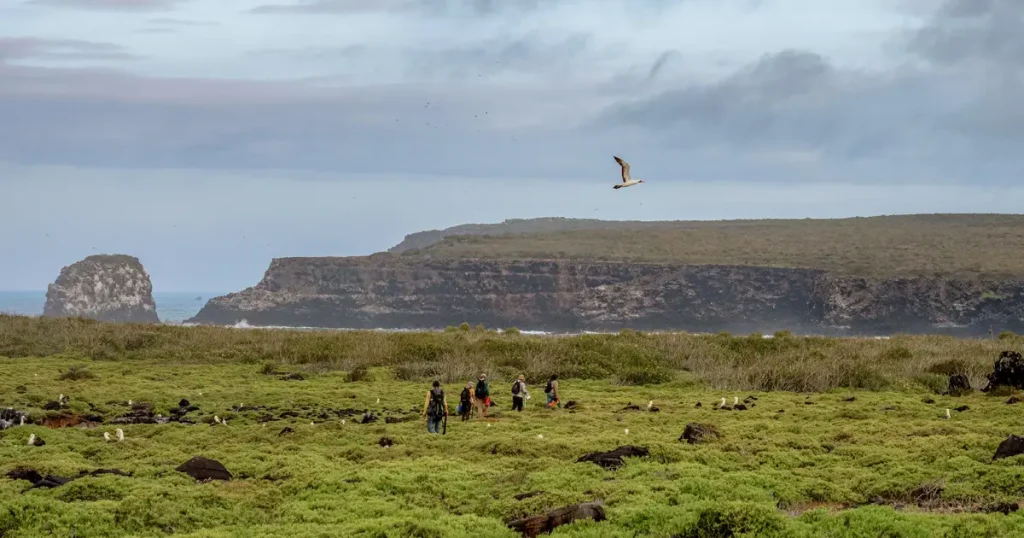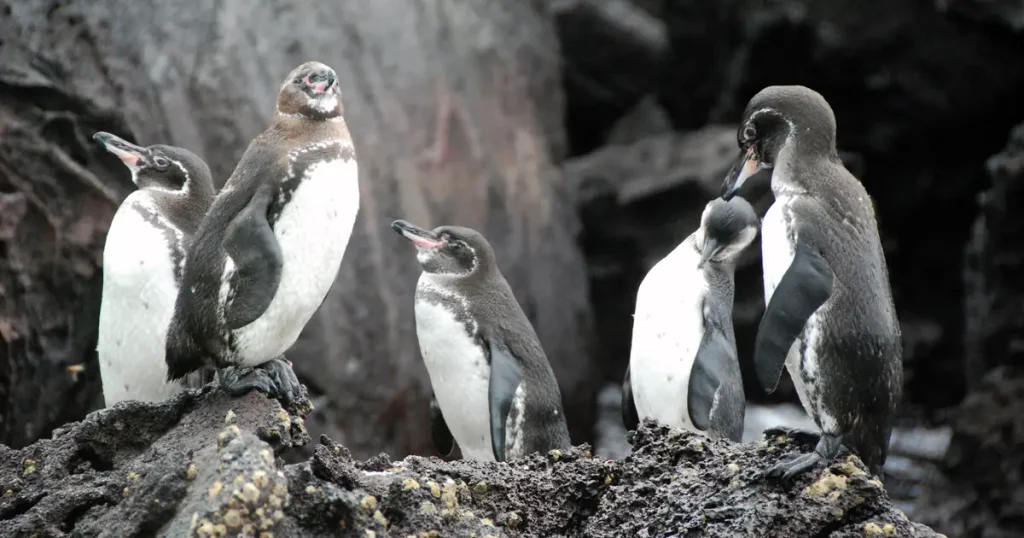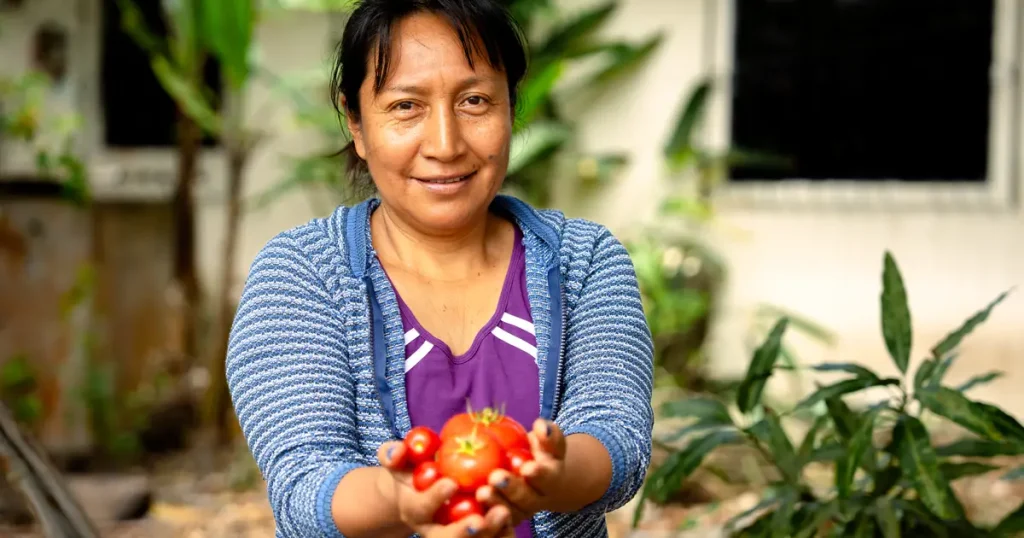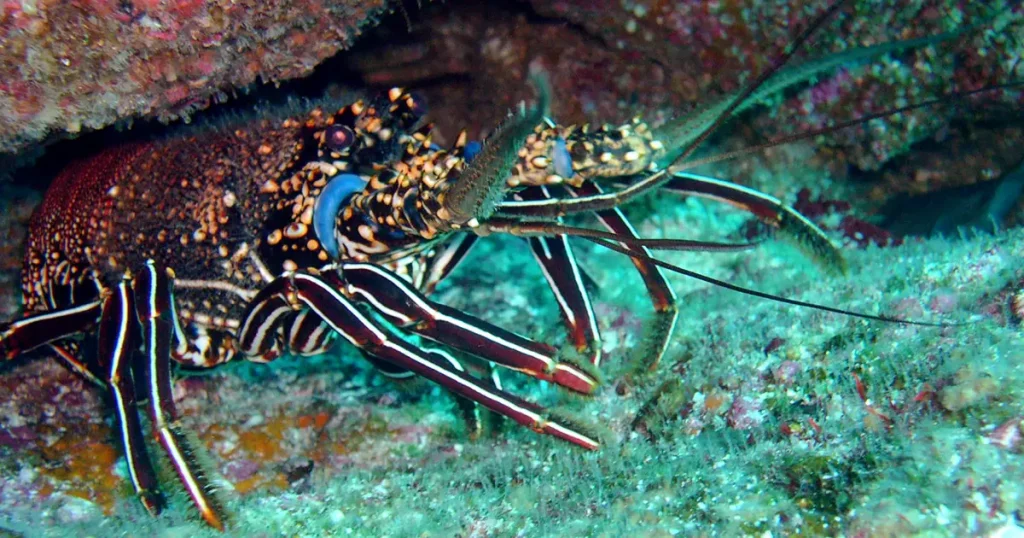Marine Invasive Species: A Galapagos Conservation Challenge
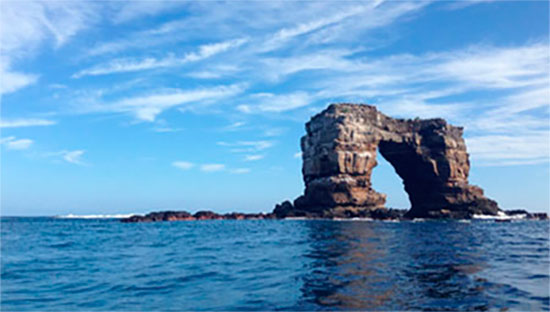
The Marine Invasive Species program of the Charles Darwin Foundation (CDF) and the Smithsonian Environmental Research Center (SERC) aims to minimize the negative impacts of invasive species on marine biodiversity, ecosystem services, and the health of the Galapagos Marine Reserve (GMR). Through this program, various activities are carried out with support from key institutions, including the Galapagos National Park Directorate, the Agency for the Regulation and Control of Biosecurity and Quarantine for Galapagos, the National Oceanographic Institute of the Ecuadorian Navy, and the Harbor Master’s Offices (Port Captaincies), and with the collaboration of the University of Southampton and Williams College. When I became aware of this program, I was yearning to be a part of it and to contribute to the conservation of the Archipelago
One of the components of this program is the seasonal monitoring of the green alga Caulerpa racemosa — a species originally from Australia that is thought to have arrived via maritime transport or simply by oceanic currents — which is carried out to determine changes in its occurrence in Galapagos. This species demonstrates invasive behavior in other parts of the world; for example, in the Mediterranean, it has caused major changes in the ecosystem after invading extensive coastal areas. This species could potentially threaten endemic and native species in Galapagos. Thanks to monitoring efforts, we now know that the abundance of this species varies between the cold and hot seasons. This knowledge will help inform future control efforts.
Another program component entails examining marine debris and determining its potential as a vector for the introduction of non-native species, which will help us to better control the entry of potentially invasive marine species in the GMR. Participation in this project has fostered my own ecological awareness, compelling me to make changes in my lifestyle — primarily by reducing my use of plastic. The amount of plastic floating in the oceans of the world and showing up in Galapagos is truly alarming.


We also carry out directed searches for marine invasive species around the Archipelago. In April 2018, I joined a team of CDF and collaborating scientists on an expedition to the islands of Darwin & Wolf, one of the areas with the largest biomass of sharks in the world and home to the largest population of coral reefs in the GMR.
During the expedition, the team registered the presence of several invasive species, including Caulerpa chemnitzia, Asparagopsis taxiformis (algae), Pennaria disticha (hydroid), Bugula neritina (bryozoo), and Acanthaster planci (starfish). We observed an expansion of the green algae Caulerpa chemnitzia throughout the Darwin reef, which was first observed in 2012 by other members of the team and has been monitored since. These algae negatively impact corals through excessive growth and competition for resources. Given the expansion of this species, we established fixed transects for data collection in order to detect any future expansion of the species. Exposure to climate change through events such as more intense and frequent El Niños can cause mortality of coral reefs and increase the risk of possible invasion by non-native species. Data from these visits will provide a basis for recommendations to policymakers.
Monitoring of sessile organisms (organisms that live attached to a substrate) in the main docks in continental Ecuador and Galapagos is utilized to identify the presence of invasive species and detect when a species first shows up in Galapagos. Settlement plates are established at each dock, allowing organisms to adhere to an artificial substrate, which can then be collected and studied to determine the taxonomy of each species at a specific site (see image above). Examining settlement plates over time will provide a window into the arrival of new species to Galapagos. The knowledge we generate will ultimately contribute to conservation of the flora and fauna of this World Heritage Site.
Research and early detection of new invasive species are essential to protect the marine ecosystems of the GMR. Galapagos Conservancy has supported this project since its inception in 2012. Without the commitment of our donors, such important work would not be possible.

